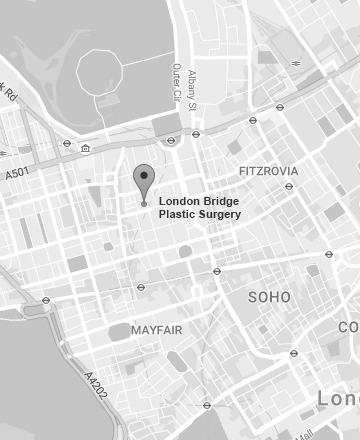Meze Magazine

Face to face with reality. When Lizzie Rivera went for 3D cosmetic imaging she had only day-dreamed about surgery. Now she’s has a glimpse of what could be, it’s become a real possibility…
We all have something we would like to change about ourselves, right? I won’t deny that I have toyed with the idea of a boob job, or that my editor’s jokes about my ‘having a nose for a story’ touch a raw nerve just a little. We all know, or suspect we know, people who have had a little nip here, a tuck there, a tweak, a filler, an injection or a snip – and by and large look the better for it (Robert Redford, anyone?). But then you think of the horror stories of surgery that has gone terribly wrong (Leslie Ash, Heidi Montag, and, of course, Katie Price – though you can no doubt insert your own examples here).
As we go to press the papers are full of stories that have ended badly with a certain type of breast implant. But my biggest question regarding cosmetic surgery is a simple one. How can you be sure that you are going to get the result you actually want? I can’t list the number of times I have come out of the hairdresser with a completely different style to the one I was sure I asked for. But hair grows back. Noses don’t (unless you lie, of course). And this is where the 3D Cosmetic Imaging Studio comes in. The £38K machine takes photos of your face from various angles to create a 3D simulation that is accurate to within half a millimetre. It allows you to see yourself from all perspectives. And I mean all perspectives – it is not at all forgiving, and is worse than your most brutally honest friend in the brightest of rooms.
But that’s why you came, isn’t it? You know you have flaws and are looking to iron them out. This is where CEO and imaging expert, Nick Miedzianowski-Sinclair, 56, comes in. You tell him what you want (a more delicate nose) and he puts on his latex gloves, gets out his scalpel and… oh, all right, I’m only joking. He moves his mouse, clicks a button or two and manipulates the simulation until you have the nose you always dreamed of – on screen, at least – and on disc, so that you can take it to your surgeon to discuss your options.
“I don’t offer advice as to what I think does or doesn’t look good”, says Miedzianowski-Sinclair. “The most important thing is that the changes are driven by the client, and they have something that they can take to their surgeon to improve communication and treatment results. It’s not unreasonable to expect to get exactly what you see. In fact, evidence suggests that the surgeon does better as a result.”
Chris Inglefield, a surgeon at London Bridge Plastic Surgery, cannot stress the importance of using 3D imaging before surgery. “It is now the gold standard for pre-operative planning, allowing patients to visualise their goals and facilitate very accurate planning for predictable results.”
The imaging technology has also proved invaluable in helping women to choose the right breast implants in terms of size and shape. It is also used more and more by men, who are increasingly having surgery on their eyes, noses and… ummm, how to put this?… love handles. Men account for 20 per cent of London Bridge Plastic Surgery’s clients.
As well as treating referrals from surgeons for cosmetic, reconstructive and transgender surgery, the 3D Cosmetic Imaging Studio point out that they are the only service that accepts walk-in appointments. They, rather than the surgeon, can be your first point of call if you are considering surgery. This works especially well if you go back for post-surgery imaging sessions – as a way of charting the differences, so you never lose sight of what you originally looked like. There are, after all, plenty of other ways to grow old disgracefully.







